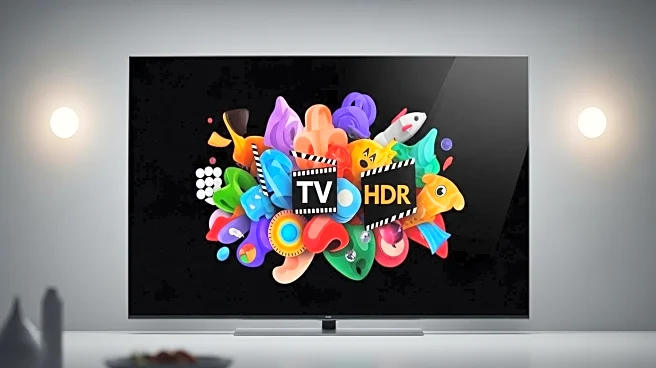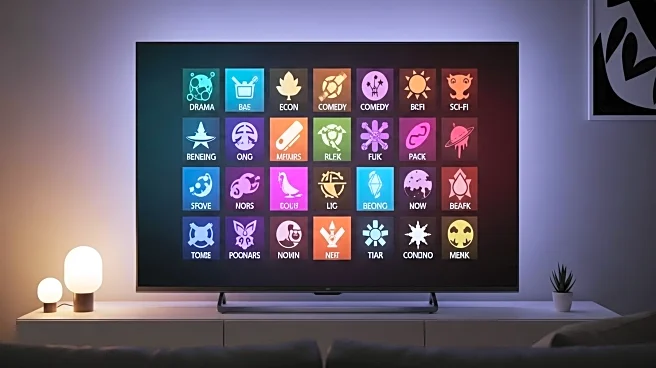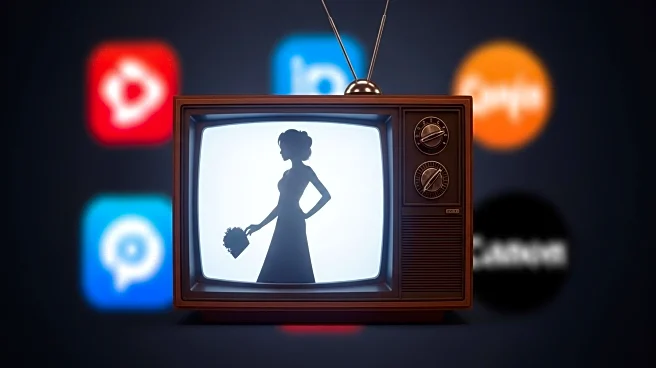What is the story about?
What's Happening?
Nielsen's latest Media Distributor Gauge report for August 2025 indicates a decline in streaming viewership, marking a shift after six months of continuous growth. Streaming accounted for 46.4% of TV usage, a decrease of 0.9% from July. This decline is attributed to the absence of live sports, such as college football, which traditionally boosts viewership. In contrast, broadcast and cable segments experienced growth, with broadcast rising by 0.7% to 19.1% and cable increasing by 0.3% to 22.5%. The gap between streaming and linear segments narrowed from 6.7% in July to 4.8% in August. Among streaming services, YouTube maintained its lead with 13.1% of all viewing, despite a 0.3% decrease. Netflix followed with 8.7%, down by 0.1%. Other services like Disney+, ESPN+, and Hulu SVOD saw a slight decline, while Amazon's Prime Video gained 0.1%.
Why It's Important?
The shift in viewership patterns highlights the dynamic nature of media consumption and the impact of content availability, such as live sports, on streaming services. The decline in streaming usage could signal challenges for streaming platforms in maintaining growth without diverse content offerings. The increase in broadcast and cable viewership suggests a potential resurgence or stabilization of traditional TV formats, which could influence advertising strategies and revenue distribution. Companies heavily invested in streaming may need to reassess their content strategies to retain and grow their audience base. This development could also affect negotiations and partnerships between content creators and distributors.
What's Next?
Streaming platforms may need to innovate or diversify their content offerings to counteract the decline in viewership. This could involve securing rights to live sports or other exclusive content to attract and retain subscribers. Broadcast and cable networks might capitalize on this trend by enhancing their programming to further attract viewers. The competition between streaming and traditional TV formats is likely to intensify, potentially leading to strategic shifts in content acquisition and distribution. Stakeholders in the media industry will be closely monitoring these trends to adapt their business models accordingly.
AI Generated Content
Do you find this article useful?














